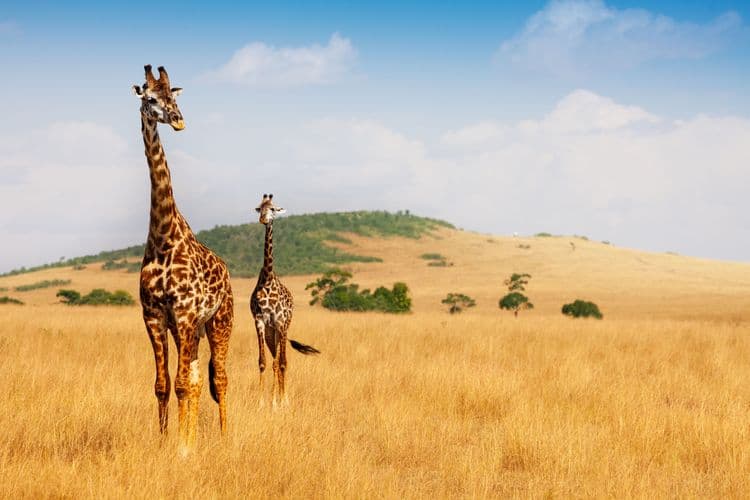Giraffes sleep only 1.9 hours per day on average, making them the most sleep-deprived mammals on Earth.They take brief 5-minute naps while standing up because lying down makes them vulnerable to predators. A giraffe lying down can't get up quickly enough to escape lions or hyenas.
The anatomy that makes giraffes unique also makes sleeping deadly. It takes a giraffe over 30 seconds to go from lying down to running because they have to coordinate their massive legs and neck in a complex sequence. In the African savanna, 30 seconds is more than enough time for a predator to kill them.
When giraffes do lie down to sleep, they enter REM sleep for only 5-minute intervals. They fold their impossibly long necks back over their bodies and rest their heads on their rumps like a bizarre pretzel. This position is so awkward that giraffes can only maintain it for a few minutes before circulation problems force them to stand up.
Baby giraffes sleep more than adults, but still only about 4-6 hours per day.Adult giraffes in the wild have been observed going days without any deep sleep, surviving on microsecond "micronaps" while chewing food. Their brains have adapted to function normally on almost no rest.
Giraffes in zoos sleep slightly more (about 4 hours) because they feel safer, but they still sleep far less than any other large mammal. Being the tallest animal in the world means being constantly alert —the price of reaching the treetops is never truly resting.





